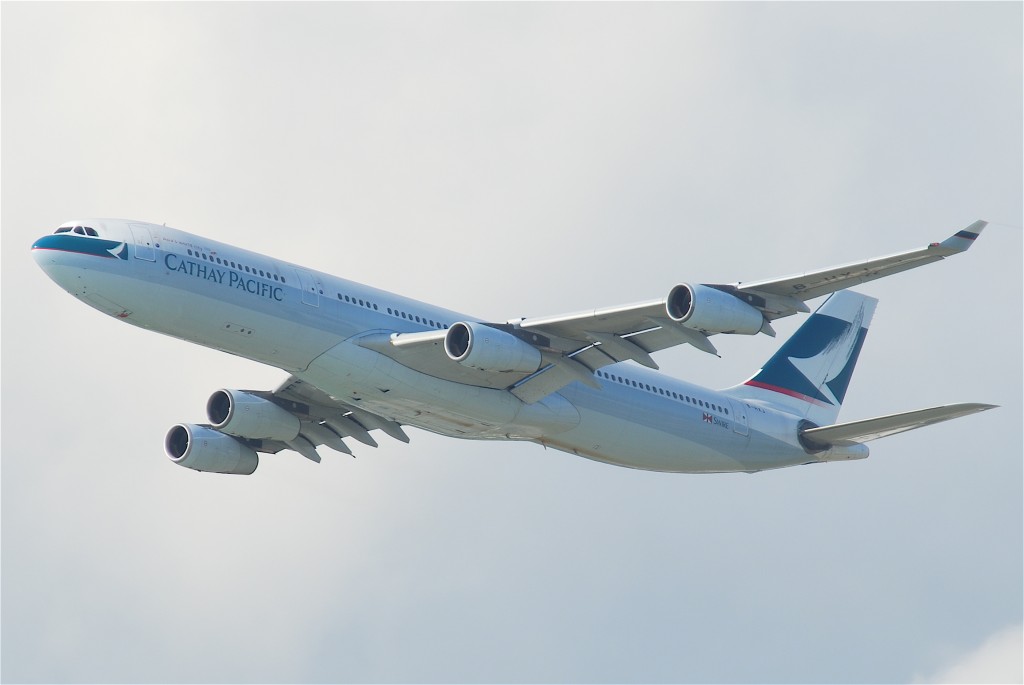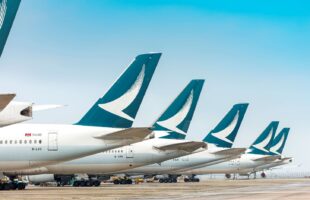
Cathay Pacific Airways has unveiled its biggest recycling project to date – the environmentally responsible dismantling of Airbus A340 aircraft that are being retired from its fleet.
The airline is committed to sustainable development, which includes ensuring the effective management of resources and the reduction of energy consumption and wastage. Now, with the end-of-life solution for its A340s, Cathay Pacific is taking the reduction of waste to a whole new level, the carrier said.
Cathay Pacific director corporate affairs James Tong said: “At Cathay Pacific, we take our responsibility to the environment seriously. Through working with our partners, we are endeavouring to adopt a more environmentally responsible and systematic approach to dismantling retired aircraft.
We are very pleased with the results so far, with up to 90 per cent of the weight of aircraft being recycled and less than 10 per cent going into landfills as waste. We remain committed to improving our environmental performance, making the most of technological advances to help us operate in a more sustainable way.”
Cathay Pacific received its first Airbus A340-300 in 1996 and after operating around 13,000 flights the four-engine aircraft are gradually being retired from the fleet. The airline has found a more environmentally responsible solution for breaking down the aircraft through AerFin Ltd, a UK company working out of a facility in southwest France.

Four of Cathay Pacific’s A340s were retired in 2015 and transferred to a workshop to begin the recycling process, which consists of three key steps. It starts with the decommissioning of the aircraft and the emptying of fuel and water tanks. In the second step, equipment and parts, such as engines and landing gear, are dismantled, inspected, cleaned, and tagged before reuse.
In the final step, waste that cannot be recycled is removed while the rest, including wiring, is recovered. The fuselage will eventually be cut up and the pieces sorted and sent to recyclers.
Aluminium makes up 40 per cent of the aircraft’s total weight. This can be melted down and reused in the construction industry for making window frames or doors, or in industries such as aerospace or car manufacturing. Recycling aluminium in this way has the added benefit of reducing the energy needed for the primary production of the metal.
Cathay Pacific is retiring the A340-300s as part of an ongoing fleet modernisation programme that is seeing older, less-efficient aircraft being replaced with new, quieter and more fuel-efficient aircraft. The remaining seven A340s in the fleet will be retired by the end of 2017.
Cathay Pacific currently operates 147 aircraft in what is one of the youngest all-wide-body fleets in the world. The airline has some 69 aircraft on firm order for delivery up to 2024, with the arrival of its new fleet of A350s beginning in the first quarter of 2016.







